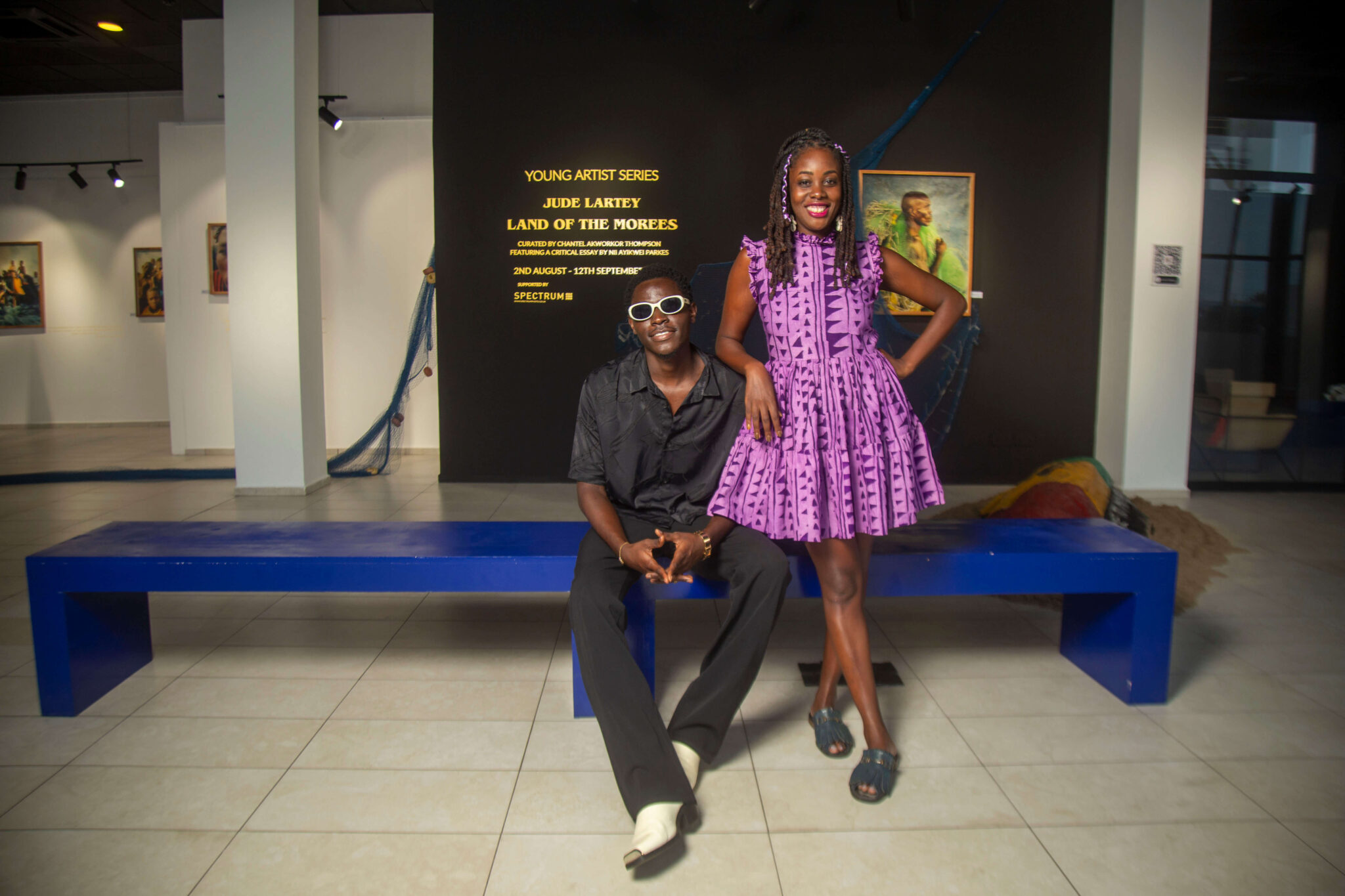Nurturing Ghana's Creative Future. In this interview, Chantal Akworkor Thomson speaks about the launch of the Young Artists Series by La Foundation of the Arts in Accra.
La Foundation for the Arts has launched an exciting initiative called the Young Artists Series, designed to uplift and empower young artists in Ghana. Spearheaded by Chantel Akworkor Thompson, this program aims to provide a platform for emerging talents to showcase their work and gain the recognition they deserve. Chantel was motivated by the immense, yet often overlooked, talent in the Ghanaian art scene and saw an opportunity to foster a supportive environment where young artists could thrive. The inaugural exhibition features Jude Lartey’s compelling photo-documentary series, ‘Land of the Morees’, which captures the essence of Moree’s vibrant community and cultural heritage. Through meticulous selection and collaboration, the Young Artists Series highlights extraordinary artistry and seeks to preserve and celebrate Ghanaian culture. This initiative addresses the challenges faced by young artists, offering resources, mentorship, and opportunities to build a sustainable career in the arts.
What inspired the creation of the Young Artists Series at La Foundation for the Arts, and how do you envision it impacting young artists in Ghana?
Chantel Akworkor Thompson: My observations of the artistic landscape in Ghana, where so many talented young artists cannot find the support they need, inspired the Young Artist Series. After many years of mentoring artists and building relationships with them, it has become apparent that many of them dream of having their work seen and celebrated. Knowing their efforts are valid and their creativity is respected means a lot to them. With the gallery space that the foundation has, we’re able to make that happen. We also use the platform to inspire other young artists and as a launching pad for them.
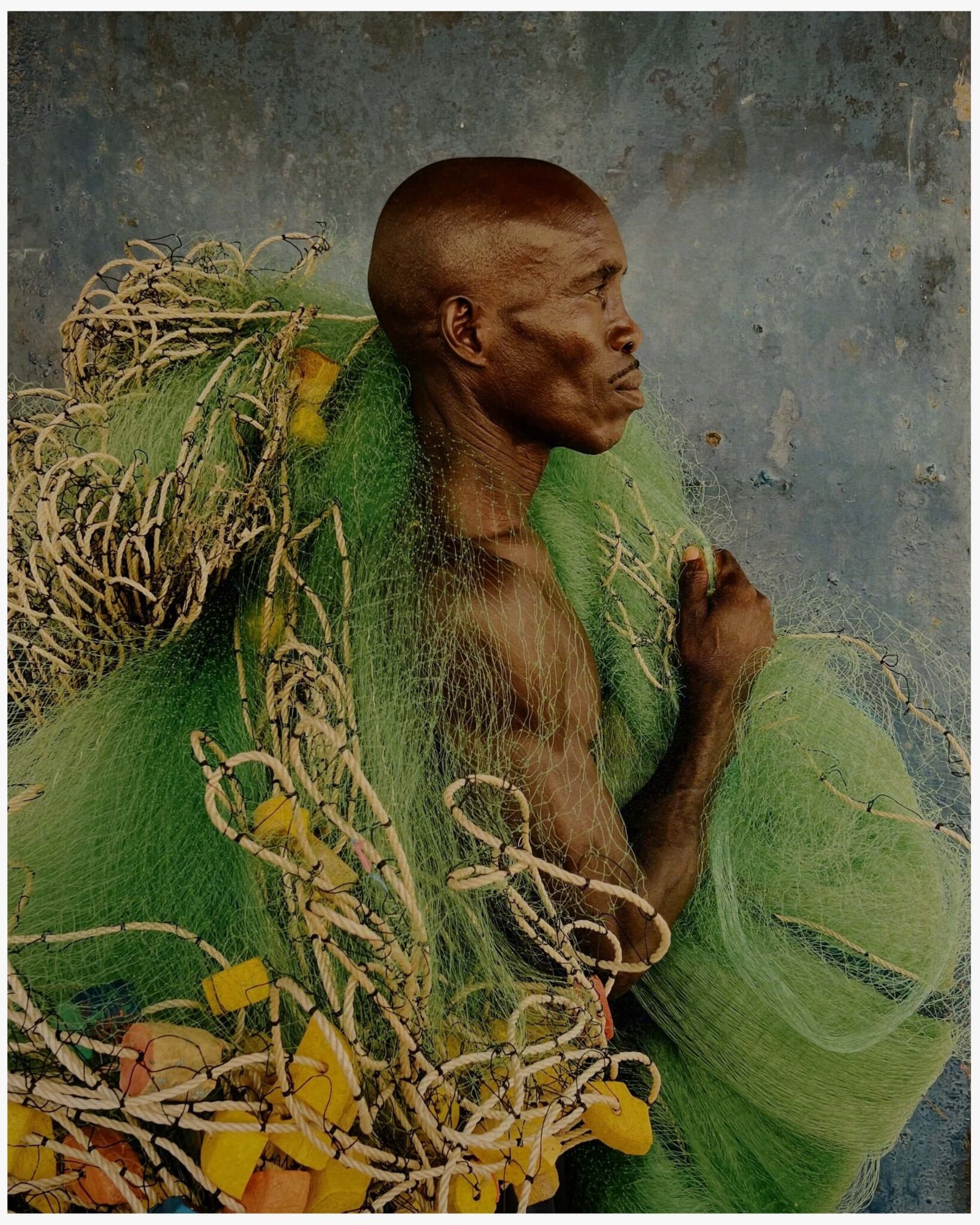
Can you describe the process of selecting Jude Lartey and his work, ‘Land of the Morees’, as the inaugural exhibition for the Young Artists Series?
I have been following Jude’s work for a while and have always been struck by the images he creates, whether on a camera or his iPhone. He has an excellent eye for detail and can beautifully capture images that thread the boundaries of both fashion and documentary. His desire to be a mirror of the culture of his era and capture history as it happens was also appealing. I have a strong affinity for practices that seek to preserve our Ghanaian cultural heritage. Regarding Land of the Morees, beyond the general aesthetic of the works – they’re stunning – it was the narrative they told that drew me to them. There were many images of Jude’s that I could have chosen. Still, I felt it essential for people to have access to this collection, which beautifully portrays the people of Moree, which no doubt will prompt people to learn more about this coastal town, which has been named the epicentre of fishing in West Africa and a site of cultural and historical significance.
In what ways does Jude Lartey’s photo-documentary series reflect the goals and themes of the Young Artists Series?
Jude’s photography carries the sensibilities of someone much older – someone with more experience than him. People are often surprised that he has been creating images professionally for less than four years and that many of them have been captured using an iPhone. It is not because he is incapable but because of his works’ sheer depth and richness, how they open us up to new worlds, and how we see through his lens. With this talent and potential at his age, he is the epitome and the kind of artist we are seeking to honour and spotlight through this award.
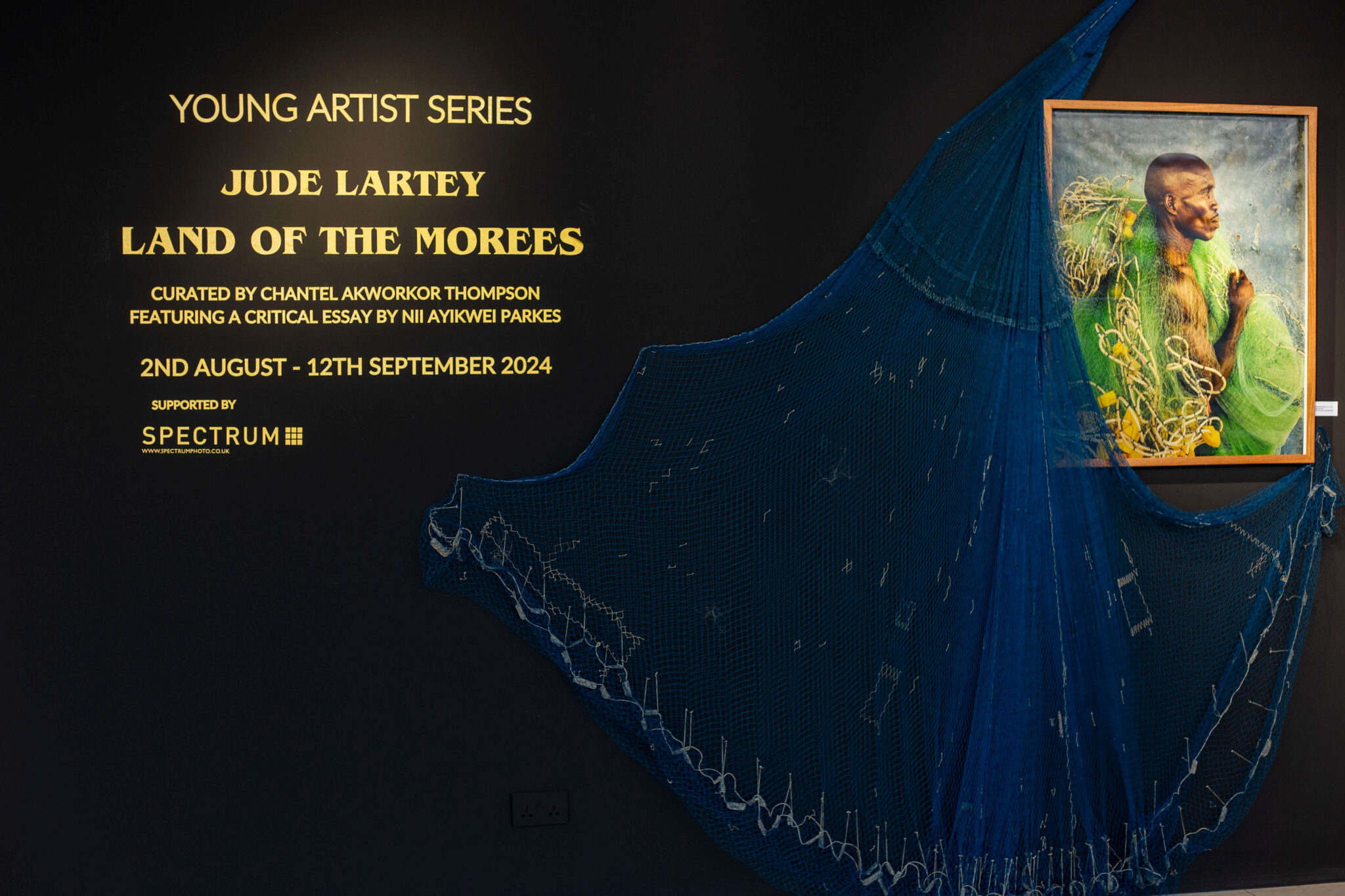
How does ‘Land of the Morees’ contribute to preserving and celebrating Ghanaian culture and history through contemporary art?
The 11 stunning, cinematic in quality and finish images are a collection which undeniably adds to the visual canon of Ghanaian history and culture. With him being a present and respected voice within the contemporary art space, the narrative he shares through these images becomes consolidated within the canon of contemporary photography currently produced in Africa and celebrated globally. That is history in the making and cultural preservation.
As Nii Ayikwei Parkes states in his essay, he wrote on the work: ‘the people of Moree caught on camera here, are portrayed with a dignity that haunts each image. We are far from the Kodak Shirley card-balanced images of the 1950s; beyond the kind of film that Jean-Luc Godard famously refused to use in Mozambique because he declared it was “racist”; removed from fly-in-the-eye, skin-fused-to-bone studies. What Lartey sees, what he gives us, is different … what Lartey gives us is interior, autonomous life. The fisherman with his net glows with interior completeness, the kids playing with rope cannot be interrupted, the washerman carrying eleven basins on his head is doing nothing extraordinary, the boys leaning into the camera are amused, cheeky, curious and defiant all at once. This is their light, their water, their legacy, their nets, their blue, their glow, their world – Land of the Moree.’ Nii Ayikwei Parkes- Legacies of Light.
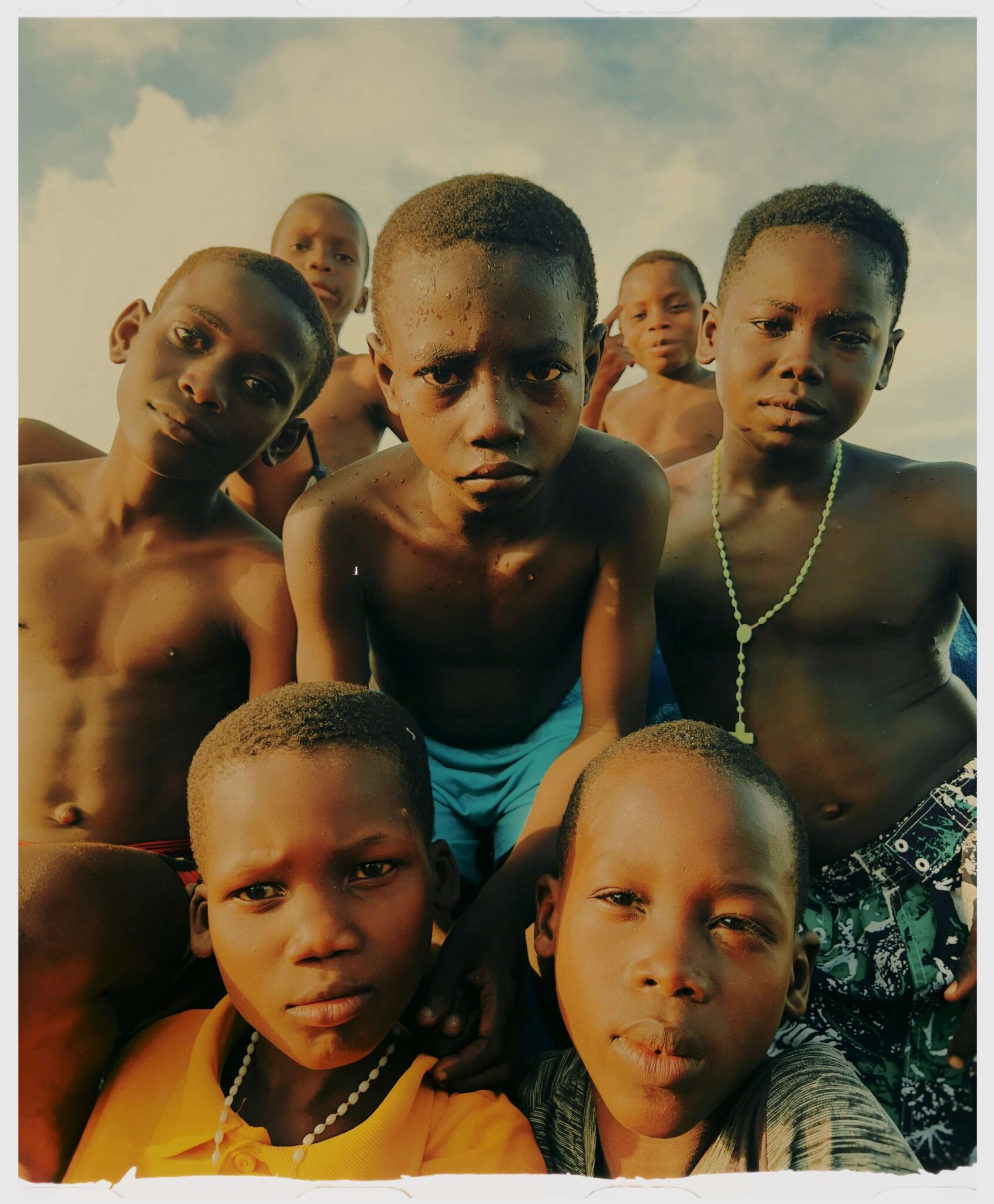
What challenges do young artists in Ghana face when seeking opportunities at home, and how does the Young Artists Series aim to address these challenges?
There are very few formal educational routes for art in Ghana. In addition, there are very few locally funded government initiatives and schemes to support the development of artistic practices for artists, which often leads to frustration, disenchantment and disenfranchisement. In addition, there are very few traditional ‘white cube’ gallery spaces, which is the dream of many artists. Generally, the infrastructure within art and creative industries within Ghana, whilst burgeoning, is still in the stage of infancy when compared to other countries. Now, when your artists set their expectations based on external standards, they appear to be in a space of scarcity. Thus, the dreams they aspire to live seem like something achieved outside of Ghana. To be another space in Ghana they can access, we hope, will foster more hope for the change and the opportunities they seek. Ultimately, though, we would generally love for artists to start to see the abundance of the landscape they are creating; thus, through the artists we choose, we hope to show this.
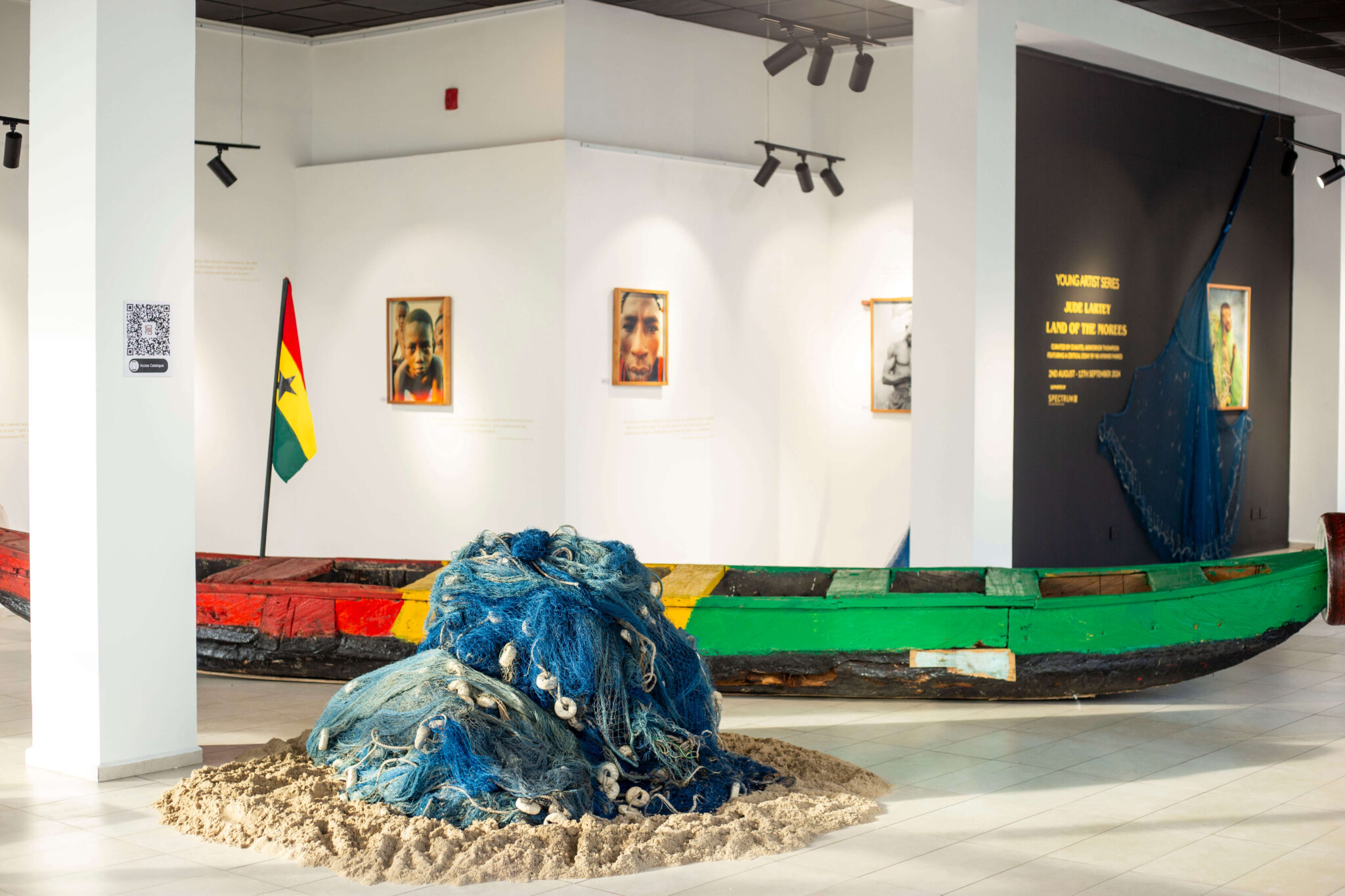
Can you share more about the support and resources provided by the Young Artists Series to the featured artists, both during and after their exhibitions?
Jude and I worked very closely on this exhibition, and he was involved in the whole process, which gave him a deep insight into the inner workings of galleries and exhibition production. He also wanted to learn more about the art business, so working alongside me, he learned how to create strategic partnerships. Three external partners have supported this exhibition. A UK photo lab called Spectrum has worked with many major world-class museums and galleries in the UK, Mixam, an international print house, and Heritage Beer, a locally brewed contemporary beverage company. With Jude’s work, learning such skills is invaluable; this was a unique offering we could provide for him. In addition, he has gained mentorship from the foundation and will continue to have a relationship with us as we support him in taking the next steps in his career.
‘Land of The Morees’ opened on the 2nd of August and will be on view until the 12th of September, 2024. For more information, please visit the La Foundation for the Arts.
This article was first published by ART AFRICA. Read the original article here.
Call to Action
ZAM believes that knowledge should be shared globally. Only by bringing multiple perspectives on a story is it possible to make accurate and informed decisions.
And that’s why we don’t have a paywall in place on our site. But we can’t do this without your valuable financial support. Donate to ZAM today and keep our platform free for all. Donate here.

